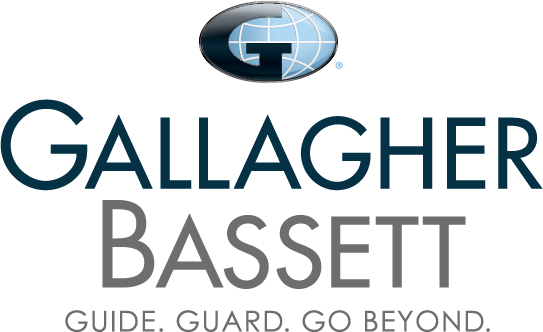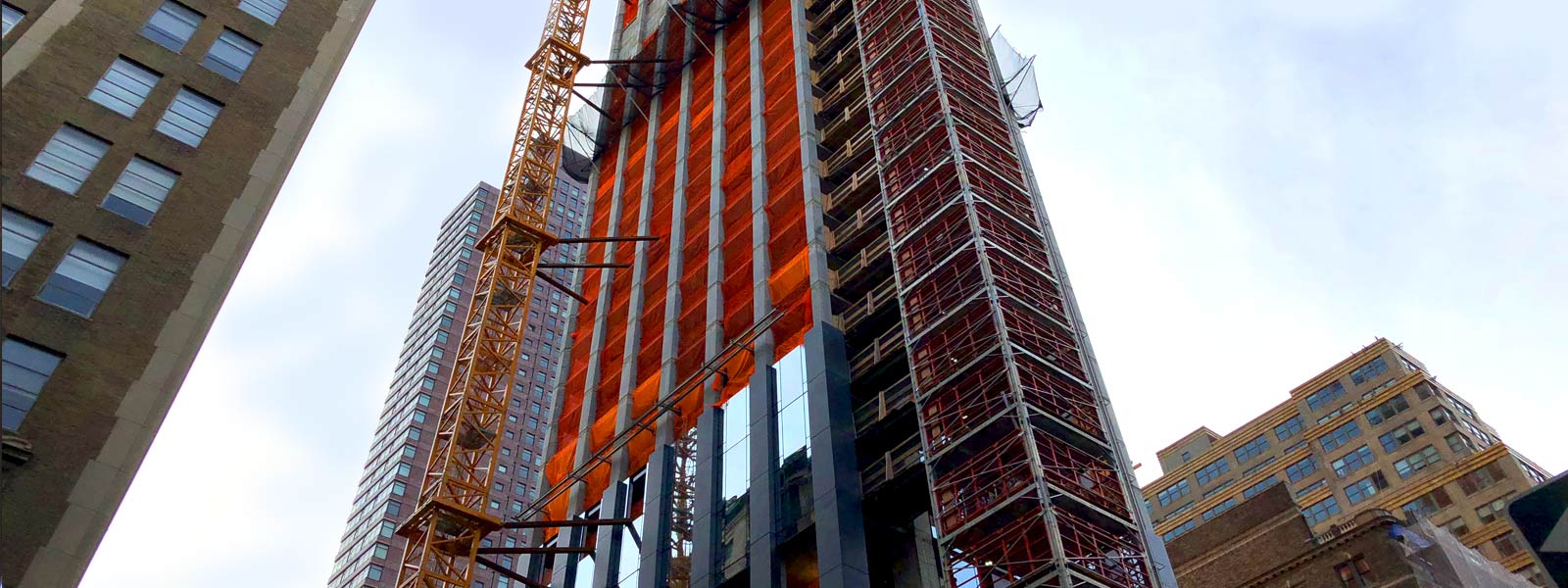In NYC, safety is important during construction of buildings. Due to the area being highly populated, high-rise buildings, and the proximity to operations with heavy equipment and materials, construction poses more of a safety risk to the public and workers. Having regulations in place can help to mitigate safety risks during construction. One important safety measure that is in place in New York City is the requirement of having a site safety plan.
Site Safety Plan Requirements
New York City’s building code is progressive and improves safety and health on construction sites throughout the city. In 1983, NYC passed Local Law 45 that required a site safety plan for major construction projects, a licensed site safety manager on major projects and created the Building Enforcement Safety Team. Today, this law lives on in Chapter 33 of the NYC building code. Per Local Law 81, site safety plans are required on more jobsites throughout the city.
Jobs Needing a Site Safety Plan Include:

- New building construction or full demolition (excluding 1-, 2- and 3-family homes)
- Special inspection for the protection of sides of excavations
- Underpinning/ Excavations
- Alteration and demolition of 50% of the floor area
- Jobs with enhanced risk to public & property
- Vertical/horizontal enlargement
- Removal of one or more floors
A site safety plan controls and prevents safety hazards on a construction site. Site safety plans help contain collateral damage when an incident occurs at height above the public or adjoining property. They also can help workers better understand how to avoid incidents. In NYC, a building permit will not be issued until the site safety plan is approved.
When developing a site safety plan, there needs to be anticipation of where resources will be needed to control risks and hazards. Safety planners identify risks to the public and apply safety controls to mitigate the risk.
21 Components of a Site Safety Plan (§ 28-110.1)

Where a site safety plan is required by chapter 33 of the New York City building code, such plan shall include the following:
1. Location of all construction fences around work site.
2. Location of all gates in construction fences.
3. Location of standard guardrails around excavations, when required.
4. Horizontal and vertical netting program, including details of the initial installation, schedule of horizontal jumps and vertical installations, and designated crane and derrick lifting areas where horizontal netting is omitted. The program shall include as an attachment any department approval obtained regarding required safety netting during construction or demolition operations; the revised site safety plan shall be approved.
5. Location of all sidewalk sheds, including appropriate department application numbers and department of transportation permit numbers and expiration dates.
6. Location of all temporary walkways, including appropriate department application numbers and department of transportation permit numbers and expiration dates.
7. Location of foot bridges and motor vehicle ramps, including appropriate department application numbers and department of transportation permit numbers and expiration dates.
8. Protection of side of excavation, when required, including appropriate department application numbers and department of transportation permit numbers and expiration dates.
9. Location of all street and sidewalk closing(s), including appropriate department application numbers and department of transportation permit numbers and expiration dates.
10. Approximate location of material and personnel hoist(s) and loading areas, including appropriate department application numbers and department of transportation permit numbers and expiration dates.
11. Approximate location of all crane and derrick loading areas.
12. Location of all surrounding buildings, indicating occupancy, height and type of any required roof protection.
13. Location of all standpipe system and siamese hose connections. Building codes aim to protect occupants’ safety and health by regulating the finished building product. However, the codes are often as important in protecting the safety and health of the community’s residents during the construction process. www.asse.org OCTOBER 2017 ProfessionalSafety 43
14. Location of all temporary elevators for fire department use when building is above 75 ft (22,860 mm) in height.
15. Location of all exterior contractors’ sheds.
16. All required safety netting and scaffolding.
17. Widths of all sidewalks and roadways; all traffic information; all exits from the work site.
18. A copy of the proposed site safety manager or site safety coordinator certificate, as applicable, including the certificate for any alternate site safety manager or site safety coordinator.
19. Such features requiring special sequencing in order to maintain safe conditions with a written description of those sequences.
20. A statement that prior to performing any work on the project all workers have successfully completed the training required by section 3310.10.2 of the New York City building code.
21. A statement that all workers employed on the construction site will receive a site-specific orientation program required by section 3310.10.1 of the New York City building code.
TSC’s Plans & Logistics Team Creates Site Safety Plans
At Total Safety Consulting, we have a team of experts that can create a site safety plan for your project. Our plans and logistics team develops comprehensive site safety plans that keep the public safe and gets the permits needed for the job using this process:
- The architect gives us the building plans to design a safety plan around.
- The plan includes the lot area surrounding for safety installations (scaffolds, guard rails, overhead protection for pedestrians and cars/trucks)
- Design plans include a glossary/index area that identifies what the drawings themselves are, what installation is what, and where it is placed on the map.
- The plan includes the first several floors. Beginning with the foundation and moving up to the first floor for plans and egress, etc.
- 2nd floor and above needs vertical netting (Guardrail netting)
- 6th floor and above needs horizontal netting (Outrigger netting that sticks out, 13 ft long)
- We take every aspect of the plan into account for safety installations. Whether it be fences, hole covers, netting, etc.
- Plans are available for all projects, alterations, new buildings, and renovations. Each is unique and all depend on the need

TSC not only provides site safety plans but we have licensed site safety managers as well to make sure your plan is implemented correctly. If you are interested in learning more about our site safety plans or any of our other services, contact us today!






